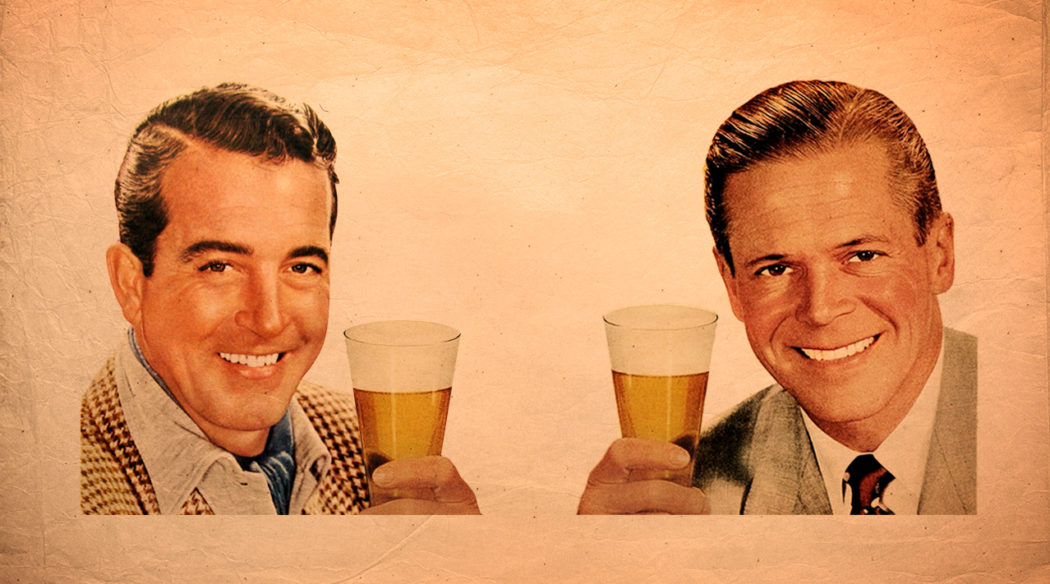Prof’s Point of Brew: Why Good Beer is Good For You
A very wise man once said, “where wine is a lecture, beer is a conversation.”
OK, it might also form the tagline to a well-respected website for which I also write, but the point is valid nonetheless.
Where wine expects you to have a fairly broad knowledge base before allowing ‘acceptance’ into the ‘club’, beer says: “Come, in, sit down, make yourself comfortable, what are you drinking, who do you barrack for?” and then introduces you to everyone else in the bar. I kinda like that about beer.
But what I have discovered lately is that beer is reviving the somewhat lost art of conversation. But not all beer. I’m not the type to be critical of mainstream beer in Australia simply because it is all foreign-owned – drink whatever you like the taste of, I say – but as well as deficiencies in flavour and aroma and beery satisfaction, the brews we have grown up with are letting us down.
Recently I have noticed blokes – and in particular, dads – talking to each other over a beer. Nothing new here, you say, and rightly so. But in addition to football, kids and the precarious state of world politics they are talking about the beer. They’re talking about aroma. They’re asking one another if there’s a bit of caramel sweetness in the mid-palate or if the hop character is “earthy or floral”. They’re talking “texture” and “mouth-feel” and “carbonation” and “finish”.
It’s giving us permission to debate levels of bitterness and layers of malt complexity without sounding like a wanker.
Where once our beer proclaimed “crisp bitterness” (exhibit 1); “a remarkably smooth, crisp, dry finish” (2); “specially brewed to deliver full flavour when ice-cold” (3); and “refreshingly clean on the palate” (4) – all of which describe the way the drink is supposed to make us feel rather than what it tastes like – now our labels indicate hop intensity, malt profile and aroma descriptors like “citrusy”, “piney” or “fruity”.
Good beer is allowing us to share our observations and our likes and dislikes. It is giving us permission to debate levels of bitterness and layers of malt complexity without sounding like a wanker. Perhaps most importantly, it’s is opening the doors of our conversations to differing opinions.
And it’s not starting fights.
Good work, beer.
And for those wondering to which beer those bland descriptors belong, here’re the correct answers, to settle the bets and avoid the arguments:
(1) Foster’s
(2) Carlton Dry
(3) VB
(4) Fat Yak

